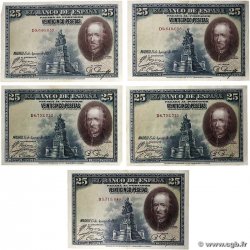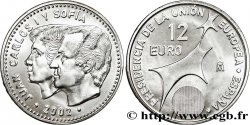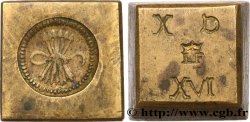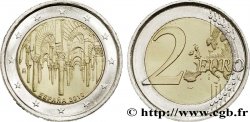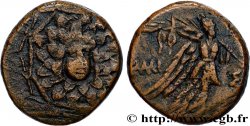E-auction 639-643039 - feu_1036718 - SPAGNA 2 Euro GROTTE D'ALTAMIRA 2015 Madrid
Devi Sign-in ed essere un offerente approvato fare un'offerta, Login per fare offerte. Conti sono soggetti ad approvazione e di approvazione sono raggiunti entro 48 ore. Non aspettare fino al giorno di una vendita si chiude per registrarti.Confermando la tua offerta su questo oggetto ti impegni ad un contratto legalmente vincolante per l'acquisto di questo prodotto e fare clic su «offerta» costituisce accettazione dei termini di utilizzo de e-auctions cgb.fr.
Offerta deve essere collocato in euro gli importi interi vendita only.The si chiuderà al momento sulla descrizione dell'oggetto, eventuali offerte pervenute al sito dopo l'orario di chiusura non verranno eseguite. Volte transmition possono variare e le offerte potrebbero essere respinto se si attende per gli ultimi secondi. Per ulteriori informazioni ckeck le FAQ.
SENZA COSTI PER GLI ACQUIRENTI.
SENZA COSTI PER GLI ACQUIRENTI.
| Valutazione : | 5 € |
| Prezzo : | 4 € |
| Offerta maxima : | 4 € |
| Data di fine vendita : | 14 luglio 2025 19:34:00 |
| partecipanti : | 3 partecipanti |
Tipo : 2 Euro GROTTE D'ALTAMIRA
Data: 2015
Nome della officina / città: Madrid
Quantità coniata : 8.000.000
Metallo : cupronichel
Diametro : 25,75 mm
Asse di coniazione : 12 h.
Peso : 8,50 g.
Orlo : cannelures fines continues et 2 ** répété six fois insculpé à l'endroit puis à l'envers.
N° nelle opere di riferimento :
Diritto
Descrittivo diritto : dessin d'un bison.
Rovescio
Commento
11ème pièce de 2 Euro commémorative circulante de l’Espagne. Celle-ci est la sixième de la série de la Monnaie Royale Espagnole dédiée aux sites espagnols classés au Patrimoine Mondial de l’Unesco, après la 2 Euro Grande Mosquée de Cordoue en 2010, l’Alhambra de Grenade en 2011, la Cathédrale Sainte-Marie de Burgos en 2012, le Monastère de l’Escurial en 2013 et le parc Güell Gaudi en 2014.
En 2015 le site espagnol illustré est la Grotte d’Altamira et l'art rupestre paléolithique du nord de l’Espagne. À l'avers a donc été reproduit le dessin d'un bison. En effet cet animal est le plus représenté dans la grotte d'Altamira. La grotte en compte seize dessins dans des dimensions, postures et techniques de réalisation différentes.
Située en Cantabrie, dans le nord de l'Espagne, la grotte a été classée au Patrimoine Mondial de l'Unesco en 1985. En 2008 ce classement a été étendu à l'ensemble des dix-sept grottes ornées de la région datant du Paléolithique.
Cet ensemble constitue une représentation exceptionnelle de l'art rupestre du Paléolithique, pour une période s'étalant de 35 000 à 11 000 ans avant J.-C.
.
Spain's 11th circulating 2 Euro commemorative coin. This is the sixth in the Royal Spanish Mint's series dedicated to Spanish sites listed as UNESCO World Heritage Sites, after the 2 Euro Great Mosque of Cordoba in 2010, the Alhambra in Granada in 2011, the Cathedral of Saint Mary of Burgos in 2012, the Monastery of El Escorial in 2013 and Gaudi's Park Güell in 2014. In 2015, the Spanish site illustrated is the Cave of Altamira and the Paleolithic rock art of northern Spain. The obverse therefore features a drawing of a bison. Indeed, this animal is the most represented in the Altamira Cave. The cave has sixteen drawings in different sizes, postures and techniques. Located in Cantabria, in northern Spain, the cave was declared a UNESCO World Heritage Site in 1985. In 2008, this designation was extended to all seventeen decorated caves in the region dating from the Paleolithic period. This collection constitutes an exceptional representation of Paleolithic rock art, for a period spanning from 35,000 to 11,000 years BC.
En 2015 le site espagnol illustré est la Grotte d’Altamira et l'art rupestre paléolithique du nord de l’Espagne. À l'avers a donc été reproduit le dessin d'un bison. En effet cet animal est le plus représenté dans la grotte d'Altamira. La grotte en compte seize dessins dans des dimensions, postures et techniques de réalisation différentes.
Située en Cantabrie, dans le nord de l'Espagne, la grotte a été classée au Patrimoine Mondial de l'Unesco en 1985. En 2008 ce classement a été étendu à l'ensemble des dix-sept grottes ornées de la région datant du Paléolithique.
Cet ensemble constitue une représentation exceptionnelle de l'art rupestre du Paléolithique, pour une période s'étalant de 35 000 à 11 000 ans avant J.-C.
.
Spain's 11th circulating 2 Euro commemorative coin. This is the sixth in the Royal Spanish Mint's series dedicated to Spanish sites listed as UNESCO World Heritage Sites, after the 2 Euro Great Mosque of Cordoba in 2010, the Alhambra in Granada in 2011, the Cathedral of Saint Mary of Burgos in 2012, the Monastery of El Escorial in 2013 and Gaudi's Park Güell in 2014. In 2015, the Spanish site illustrated is the Cave of Altamira and the Paleolithic rock art of northern Spain. The obverse therefore features a drawing of a bison. Indeed, this animal is the most represented in the Altamira Cave. The cave has sixteen drawings in different sizes, postures and techniques. Located in Cantabria, in northern Spain, the cave was declared a UNESCO World Heritage Site in 1985. In 2008, this designation was extended to all seventeen decorated caves in the region dating from the Paleolithic period. This collection constitutes an exceptional representation of Paleolithic rock art, for a period spanning from 35,000 to 11,000 years BC.







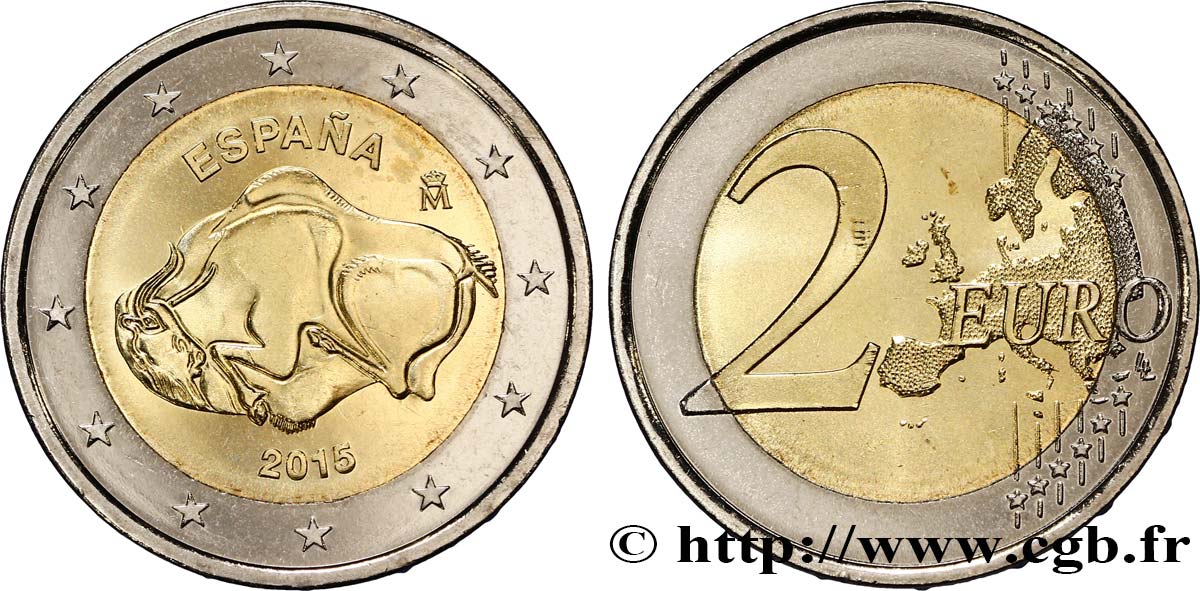
 Segnalare un errore
Segnalare un errore Stampate la pagina
Stampate la pagina Condividi mia selezione
Condividi mia selezione Fai una domanda
Fai una domanda Consegnare / vendere
Consegnare / vendere
 Descrittivo
Descrittivo